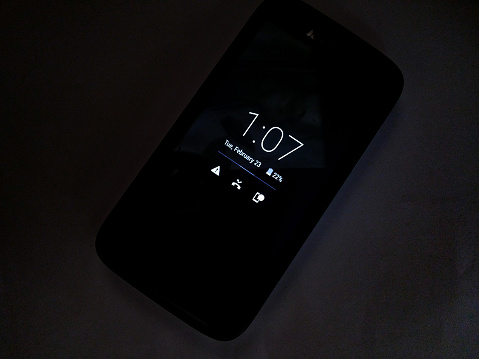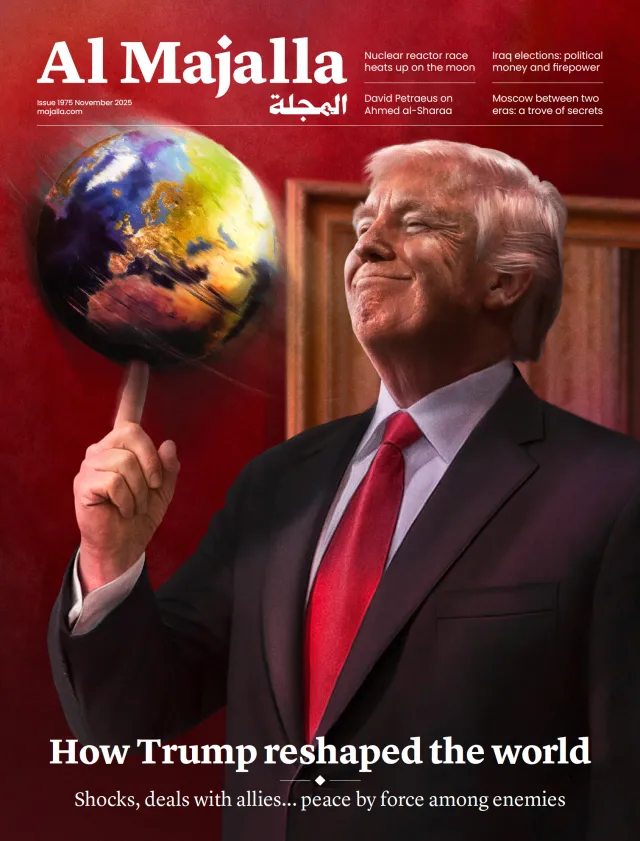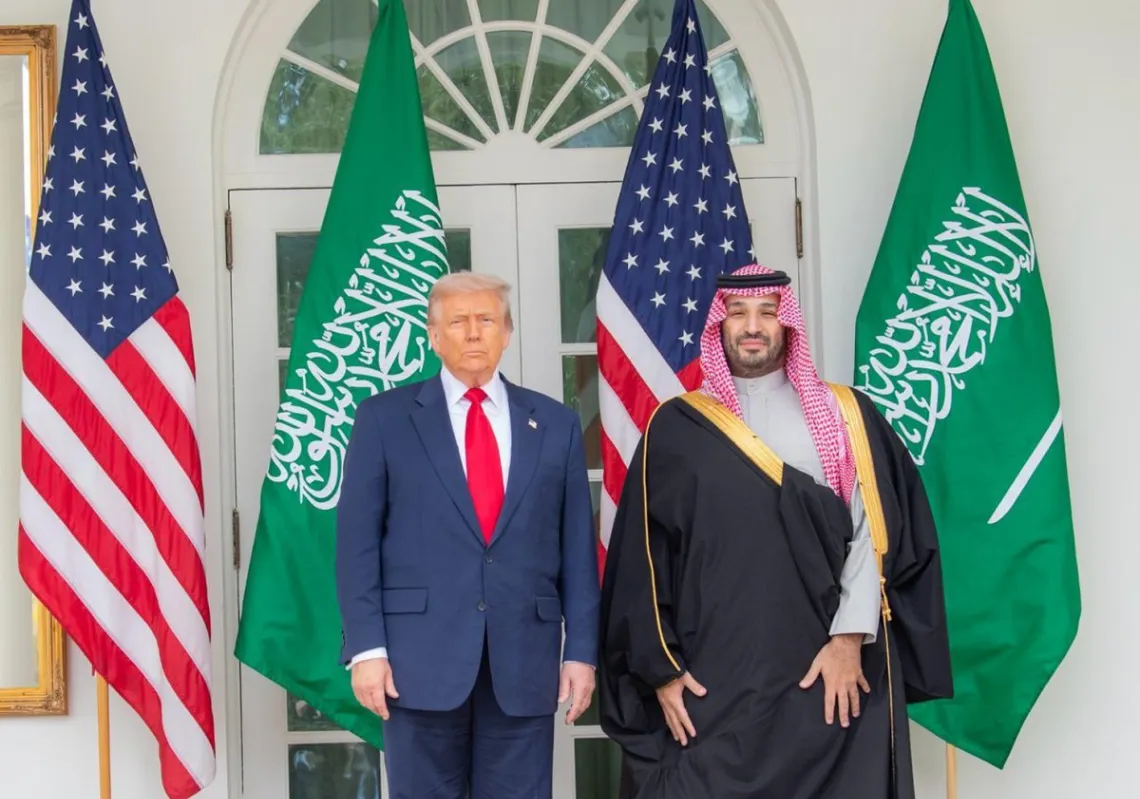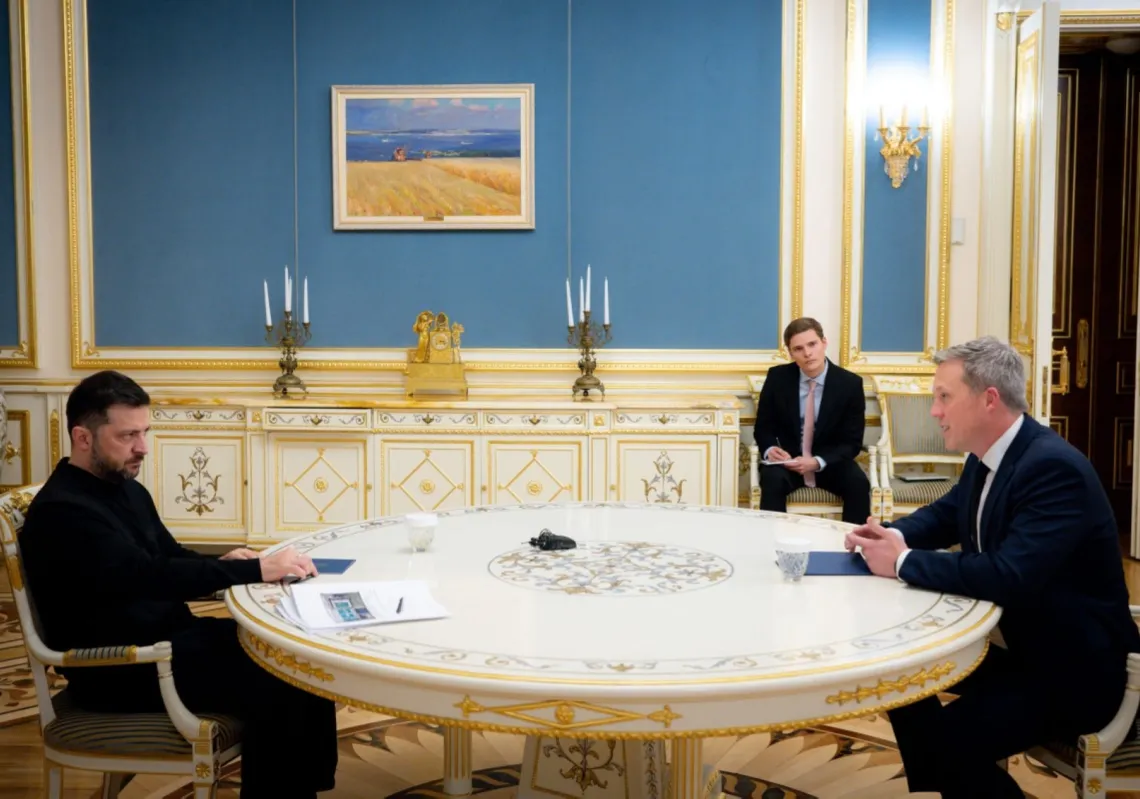We often forget that the Internet is not as wireless as it seems. Most online data still flow through physical fiber-optic cables laid out across several hundred thousand miles of ocean floor. If a shark were to bite through a cable (which has happened before), some or all of the Internet could come to a standstill.
These days, however, observers spend less time worrying about underwater fauna than about Russia’s submarines, which have been taking a special interest in ocean-bed cables in recent years. Since 2017, Russian submarines in the North Atlantic have reportedly been unusually active in the vicinity of undersea fiber-optic cables that carry most European and U.S. Internet traffic. It remains unclear what exactly Russia is planning or doing. The Russian activity may indicate an attempt to surveil the Pentagon’s secret cable network or plans to tamper with certain connections. But the reports also fit in with Russia’s global push to shape political outcomes and public opinion through the Internet, whether through Russian-funded news websites or social media meddling.
Russian submarines snooping on undersea cables may seem unique to today’s interconnected world. Yet states have long competed to shape global information flows and control the infrastructure that enables them. U.S. submarines started to tap undersea cables decades ago. One submarine, the USS Jimmy Carter, was altered specifically for that task. Indeed, information warfare has been a feature of the international system for at least a century. Competition has simply shifted from the submarine copper wires and global news agencies of the late nineteenth century to the fiber-optic cables and social media of today. The crucial question, then, is not whether information warfare happens but when and why states engage in it.
One of the best examples of a state seeking to influence global politics by reshaping the information landscape is Germany’s decades-long push to control world communications in the first half of the twentieth century, a campaign that I explore in my book, News from Germany. Germans had not always cared about international news. In the 1860s and 1870s, few besides Chancellor Otto von Bismarck thought that news, and control over it, had much bearing on politics at home or abroad. By the 1880s, however, attitudes were changing. German political and economic leaders, worried that imperial powers such as the United Kingdom and France were encircling and constraining Germany, started harboring imperial ambitions of their own. Like its European competitors, Germany needed a “place in the sun,” as Bernhard von Bülow, secretary of state for foreign affairs, put it in 1897. The Reich embarked on a campaign of violent colonial conquest, and ever more German elites came to see the world beyond Europe, from South America to East Asia, as a battleground for Germany’s national interests. Communications technology was central to this new imperial undertaking.
Late to the European race for global domination, Germany’s elites saw their country boxed into second-class status when it came to communications. Submarine cables were privately owned by an oligopoly of Anglo-American companies, and most global news was collected by British and French news agencies. As British-German rivalry intensified at the turn of the century, Germans became increasingly convinced that the British government was using the global submarine cable system to undermine German foreign policy and turn neutral countries against it. In the late 1890s, for instance, the British government blocked a transatlantic undersea cable connecting Germany and the United States from going across British soil, and in 1902 the United Kingdom completed an “All Red Route” of cables around the world that landed only on British imperial soil. World War I seemed to confirm German suspicions: one of the United Kingdom’s first acts of war was to cut most of the submarine cables connecting Germany to the rest of the world.
In response, Germans seized upon a new technology with the potential to undermine the entire nineteenth-century international communications system of submarine cables and news agencies: wireless telegraphy, which sent electrical impulses through the air to convey information in Morse code. “The wireless telegraph is not difficult to understand,” Albert Einstein supposedly said. “The ordinary telegraph is like a very long cat. You pull the tail in New York and it meows in Los Angeles. The wireless is the same, only without the cat.” German investment in wireless technology accelerated during World War I and helped make German wireless (and later radio) among the most technologically advanced in the world.

Much of this investment was aimed not at achieving technological leadership as an end in itself but at using wireless to send news from Germany to as many people around the world as possible. To this end, German elites combined technological prowess with a focus on news agencies. A distinctively modern phenomenon, these agencies had emerged in the mid–nineteenth century, partly in response to the swift spread of submarine cables. Agencies stationed correspondents around the world to gather news and telegraph it back home for newspapers to print. Because foreign correspondents and telegrams were so expensive, only a handful of news agencies existed, chief among them the British Reuters and the French Havas. They became gatekeepers, controlling the flow of information to other news organizations and, by extension, entire countries.
News agencies possessed astonishing power. Only a few major papers, such as the London Times, could afford their own foreign correspondents. Many papers did not even station journalists in their own capital cities. In 1926, 90 percent of German newspapers had no correspondents abroad or in Berlin. Instead, they received all their national and international news through news agencies or syndicate services. Today, we worry that Facebook and Google hold monopolies over information provision. A century ago, news agencies held an arguably even greater grasp over national and international news.
German politicians, industrialists, military leaders, and journalists became obsessed with news agencies as a tool to shape international politics and economics in their favor. From Wilhelmine Germany in the late 1800s through the interwar years of the Weimar Republic all the way to the Nazi era, German leaders helped create “homegrown” German news agencies, subsidized them, and sat on their boards. Wolff, the biggest of these agencies, was privately owned but consulted with the government before publishing any “questionable” news. In return, the government granted Wolff preferential access to state-owned cables. Others agencies, such as Transocean, were directly subsidized by the German state.
These investments paid off, at least for a while. U.S. newspapers unwittingly printed tens of thousands of Transocean stories from 1915 to 1917, often putting a German spin on the battle reports. This ended only when the United States entered the war in April 1917 and the U.S. military took control of the wireless stations that had been receiving the German transmissions. Still, German influence persisted elsewhere. British publishing magnate Lord Northcliffe was shocked to discover in 1921 that British ships distributed wireless news from German sources to their passengers during their weeks-long voyages. Nazi Germany became the leading supplier of news to Japanese-occupied China during World War II. The virulent anti-Semitism, nationalism, and jingoism of Nazi news differed dramatically from what had come before. But its success relied upon German investment in international news networks reaching back to 1900.
The German example offers two main lessons for today. First, whoever controls the relevant infrastructure can also exert influence over the data and news that flow through it. For Germany, this meant investing in new wireless technology and supporting homegrown news agencies. Today, the Chinese technology giant Huawei is aiming for global leadership in 5G, the latest generation of wireless communication. U.S. intelligence agencies have claimed that the company receives funding from several Chinese state security agencies, although Huawei has denied this. Huawei’s control may enable China to determine future technical standards and surveil data flows in ways that we cannot fully anticipate today.
Second, states invest in global information networks when they aspire to a status as a global power. This was as true for Germany in the past as it is for Russia and China today. In 2000, China’s state-run broadcaster CCTV launched an English-language TV news channel and since then has continuously expanded its geographic and linguistic range. The official Chinese government news agency, Xinhua, has also increased its English-language coverage, even moving into offices near Times Square in 2011. The Russian-funded TV and online news network RT (formerly Russia Today) has been expanding across Europe, the Middle East, and the United States, and the St. Petersburg–based Internet Research Agency runs influence operations on social media to help Russiato project international power.
Still, global competition over information is a geopolitical constant that seemed to vanish only briefly in the unipolar moment of the 1990s. Al Jazeera’s extensive coverage of the Arab Spring in 2011 seemed to herald what The Economist called the “Al Jazeera moment,” because the channel provided the best coverage of the protests despite its “tendency to inflate numbers and play down risks.” As it turned out, the Qatari state-subsidized TV channel was far from a one-off; it was the harbinger of a new era, in which many more states would once again use international media for national purposes. It is too early to tell whether these new outlets will succeed in fundamentally reshaping global news flows. But one thing is certain in today’s multipolar world: competition over communications is here to stay.
*HEIDI TWOREK is Assistant Professor of History at the University of British Columbia and the author of News from Germany: The Competition to Control World Communications, 1900–1945.
This article was originally published on ForeignAffairs.com.









